![2025 Best EMS Muscle Stimulators [Reviewed & Ranked]](http://swirise.com/cdn/shop/articles/1_4a844ae4-a7b5-42b4-a318-f119ca583c00.jpg?v=1755757799&width=3000)
2025 Best EMS Muscle Stimulators [Reviewed & Ranked]
JustinLinEMS (electrical muscle stimulation) has moved far beyond rehab clinics. In 2025, EMS muscle stimulators serve three clear roles: professional recovery, full-body or targeted training, and affordable pain relief & recovery for everyday users. But not all EMS devices are built the same — they differ in technology, comfort, use cases, and price. This guide reviews the six best EMS muscle stimulators available today and explains which one fits your goals (recovery, performance, sculpting, or budget).
How we evaluated?
We ranked devices using five practical criteria that matter to buyers and search engines alike:
- Technology & Mode Variety — EMS vs. TENS vs. NMES, smart features, app integration.
- Real-World Performance —the recovery effect, training support, pain relief.
- Ease of Use & Comfort — wearability, electrode placement, session time.
- Value & Price — cost vs. benefits and warranty/aftercare.
- Safety & Support — certifications, coaching or customer support, and durability.
1. Marc Pro — Best for Recovery & Performance
Price: $699
Why it stands out: Marc Pro is purpose-built for active recovery. Its patented stimulation pattern focuses on accelerating the body’s natural recovery process without causing muscle fatigue, so athletes can use it frequently without interfering with training. It’s a simple, no-fuss tool with strong aftercare (free coaching calls), a long warranty, and a professional feel.
Best for: competitive athletes, coaches, and anyone prioritizing rapid recovery between training sessions.
Pros
- Efficacy: Clinically-oriented stimulation waveform promotes metabolite clearance and circulation, delivering measurable soreness reduction and faster functional recovery.
- User Experience: Intuitive full-color display and one-setting simplicity make it effortless to start sessions — minimal setup time.
- Design & Portability: Handheld, rugged build that travels well; electrodes and leads are industry-grade for repeat daily use.
- Innovation: Patented “fatigue-free” stimulation pattern differentiates it from devices that produce exhausting contractions.
- Support & Trust: Unlimited coaching calls, multi-year warranty, US-based customer service — great for athletes who need guidance.
- Practicality: Safe for frequent use; integrates simply into training schedules as a recovery tool rather than a workout device.
2. Katalyst Gen4 Suit — Best Full-Body EMS Workout System
Price: $2,999
Why it stands out: Katalyst is a full-body EMS ecosystem- suit + Impulse Pack + app. With 26 electrodes mapped across major muscle groups and streaming workouts, it’s the closest thing to wearing a smart gym. App integration, Apple Watch/TV compatibility, and structured training programs make it a premium solution for time-efficient, guided EMS workouts.
Best for: tech-forward users who want a guided, full-body EMS workout to complement or replace time-pressed gym sessions.
Pros
- Efficacy: Full-body electrode mapping lets you train coordinated movement patterns and both slow/fast twitch fibers for balanced gains.
- User Experience: Guided, on-screen workouts reduce guesswork — just step in, sync, and follow the session.
- Design & Comfort: Lightweight, washable soft-shell suit with ergonomic electrode placement for even stimulation and compression.
- Innovation & Ecosystem: App-driven intensity scaling, Apple Watch/TV support, and the Impulse Pack create a cohesive, modern user journey.
- Convenience: Hands-free sessions free you from electrode juggling; ideal for 15–20 minute time-crunched workouts.
- Durability & Mobility: Modular sizing and machine-washable materials make long-term maintenance realistic.
3. Beurer EM59 — Best Budget-Friendly Pain Relief EMS/TENS Unit
Price: $109.99
Why it stands out: Beurer’s EM59 packs TENS, EMS, heat, and massage into one affordable unit. With 50 programs and dual channels, it’s versatile for pain relief and light muscle stimulation. For users who want therapeutic benefits without breaking the bank, this is a reliable starter option.
Best for: users seeking an affordable, multi-function device for pain relief and occasional muscle stimulation.
Pros
- Efficacy: Solid TENS programs reliably reduce pain signals; EMS modes provide light muscle activation for circulation and recovery.
- User Experience: Simple controls with many preset programs make it approachable for non-technical users.
- Design: Compact, lightweight unit with two independently controlled channels for multi-site therapy.
- Value: Exceptional price-to-feature ratio — includes heat and massage which amplify comfort and perceived benefit.
- Practicality: Great entry device for people trying electrotherapy for the first time or those focused on pain relief rather than training.
- Safety: Clear program labeling and conservative default intensities make safe home use easy.
4. Swirise EMS Toning Shorts — Best for Lower-Body Sculpting
Price: $299
Why it stands out: Swirise EMS toning shorts deliver targeted stimulation for glutes, thighs, and the pelvic floor — packaged as a wearable solution that requires no gels. The product positions itself strongly on female-focused sculpting and pelvic health, claiming high user satisfaction metrics for lift, tone, and pelvic floor improvement.
Best for: women who want a convenient, lower-body focused EMS solution for toning and pelvic floor strengthening.
Pros
- Efficacy: Focused programs for glute lifting, thigh toning, and pelvic floor engagement deliver measurable functional benefits when used consistently.
- User Experience: Slip-on garment design eliminates electrode fiddling; sessions are short (around 15 minutes).
- Design: Comfortable, washable fabric with integrated electrodes for discreet daily use.
- Innovation: Combines cosmetic shaping and pelvic health functionality in one wearable — addressing both aesthetic and wellness needs.
- Convenience: No gels or adhesive changes; easy to integrate into daily routine.
- Value: Competitive price for a targeted wearable; strong conversion potential for female-focused audiences.
5. PowerDot Duo 2.0 — Best Smart EMS for Multi-Area Recovery
Price: $399.99
Why it stands out: PowerDot pairs compact hardware with a smart app and preprogrammed therapies, including a unique period pain relief program. It’s portable, supports simultaneous bilateral stimulation, and integrates with fitness apps for personalized recommendations.
Best for: fitness enthusiasts who want a portable, app-driven recovery tool with intelligent personalization.
Pros
- Efficacy: Well-designed NMES/TENS protocols that support both acute pain management and targeted muscle activation for recovery.
- User Experience: App-driven personalization guides intensity and program selection; straightforward pairing and session logging.
- Design & Portability: Small, pocketable modules with easy pad placement — ideal for travel and on-the-go recovery.
- Innovation: Intelligent program recommendations and integration with fitness data help tailor therapy to recent activity.
- Inclusivity: Dedicated programs (e.g., period pain relief) broaden practical use cases across user groups.
- Support: Regular firmware/app updates improve features and usability over time.
6. Compex FIT 5.0 — Best for Daily Training & Body Sculpting
Price: $757
Why it stands out: Compex’s FIT 5.0 focuses on performance and sculpting, with Muscle Intelligence (MI) technology that scans muscles and adapts stimulation for optimized sessions. It offers training, endurance, strength and recovery programs — a versatile device for serious trainees.
Best for: gym-goers and athletes seeking a scientific, personalized EMS training boost.
Pros
- Efficacy: MI technology tailors current to your muscle’s response for efficient contractions — ideal for strength, power and hypertrophy support.
- User Experience: Guided programs and MI-RANGE indicators reduce guesswork and improve session safety.
- Design: Wireless modules and quality electrodes offer clean, untethered usage during supplemental workouts.
- Innovation: Muscle-scan automation gives a scientific edge versus manual intensity guesswork.
- Versatility: Broad program library (strength, endurance, recovery, rehab) supports varied training goals.
- Brand Trust & Support: Established reputation in athlete circles and detailed user guides help integration into training plans.
Buyer’s Guide — How to Choose the Right EMS Device
- Your primary goal:
- Recovery-focused? Choose Marc Pro or PowerDot.
- Full-body training? Katalyst or Compex.
- Pain relief on a budget? Beurer EM59.
- Lower-body shaping/pelvic floor? Swirise Shorts.
- Budget vs. features: High-end systems (Katalyst, Compex) offer broader training features and personalization, but at a higher cost. Recovery-first users get more value from Marc Pro; budget users should consider Beurer.
- Wearability & time: If you need hands-free, short sessions, choose wearable options (Swirise Shorts or Katalyst Suit). If you prefer targeted therapy sessions, choose pad-based systems (Marc Pro, PowerDot).
- App & Smart Features: If you value guided programs, progress tracking, and personalization, prioritize devices with robust app ecosystems (Katalyst, PowerDot, Compex).
- Safety & support: Look for solid warranties, U.S.-based support or coaching, and clear usage guidelines. Devices oriented to athletes usually include better support packages.
Final Verdict — Which One Should You Buy?
- If your priority is recovery and minimizing downtime, buy Marc Pro. Its fatigue-free approach and professional support make it the top recovery pick.
- If you want guided, full-body EMS workouts and an immersive ecosystem, consider the Katalyst Gen4 Suit (if the budget allows).
- If you need a smart, portable recovery tool with app features, PowerDot Duo 2.0 is a balanced mid-tier choice.
- If you’re on a tight budget and want multi-purpose therapy, Beurer EM59 delivers the most bang for the buck.
- If you’re focused on serious training and muscle sculpting, Compex FIT 5.0 blends science and training programs well.
- If your goal is convenient lower-body toning and pelvic floor support, Swirise EMS Toning Shorts are a targeted, convenient solution.

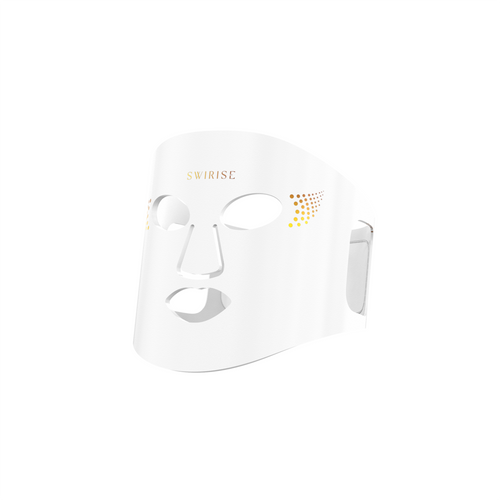
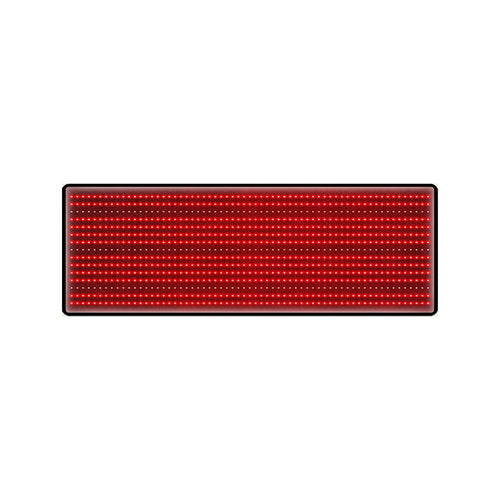
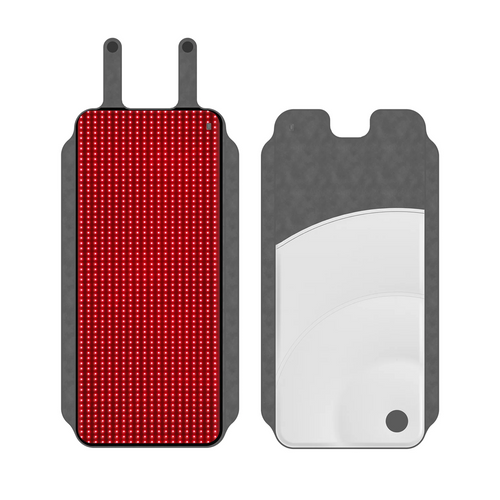


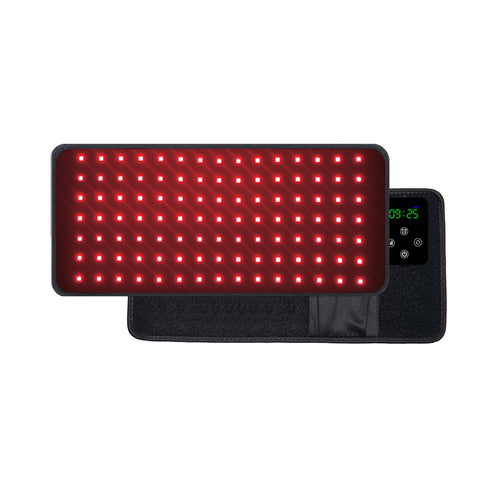
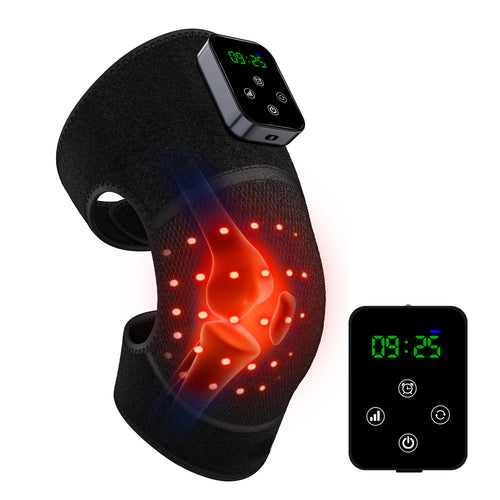
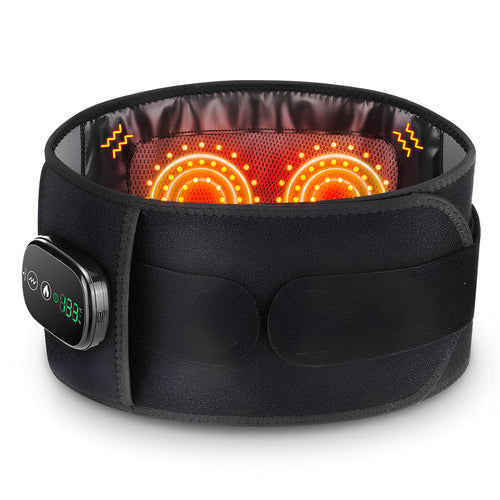
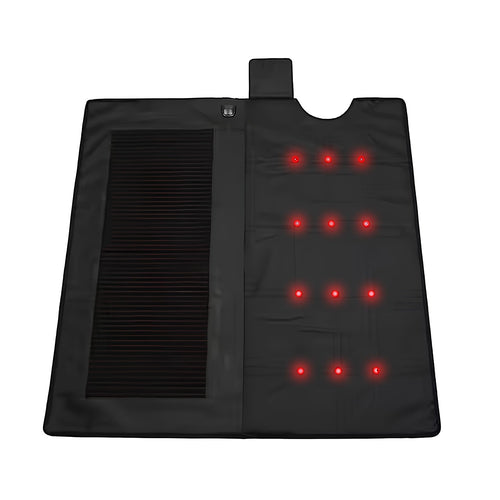
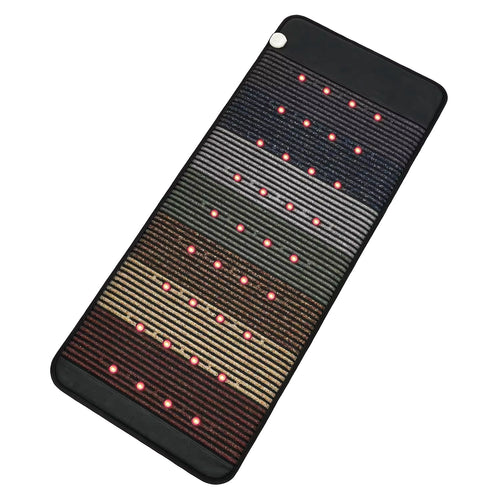
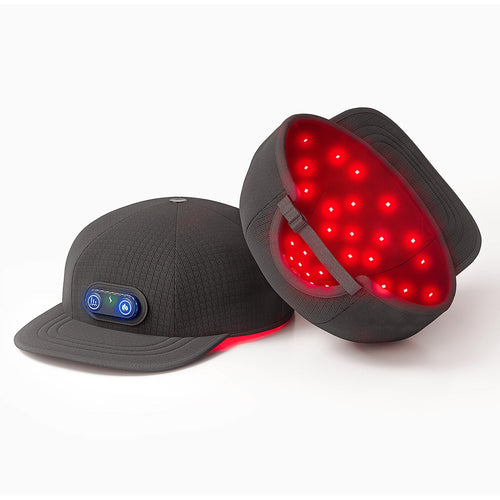

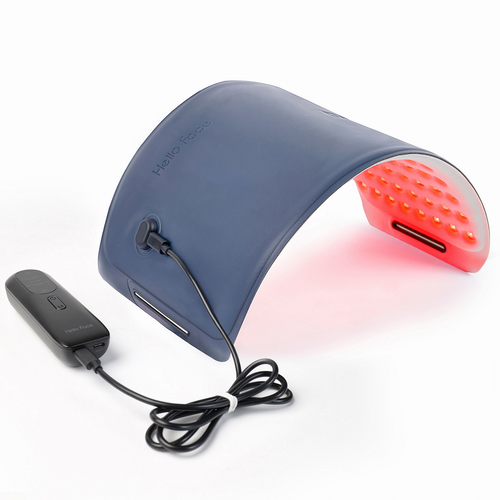
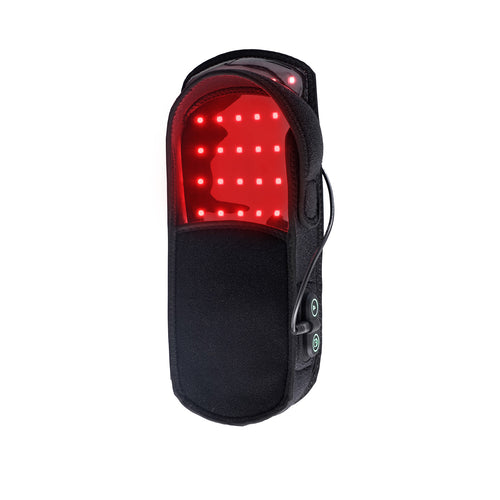
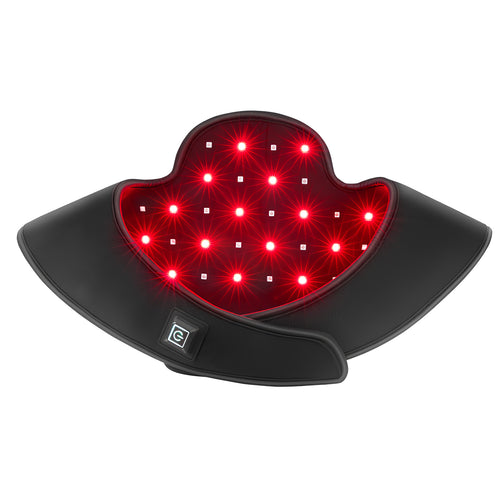
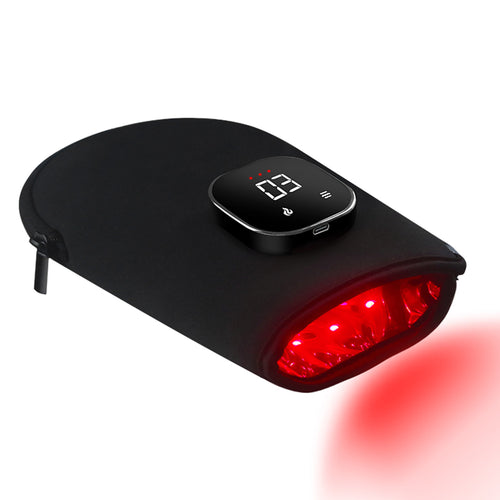
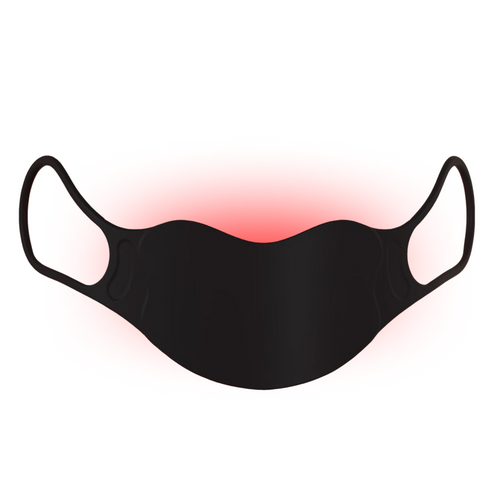
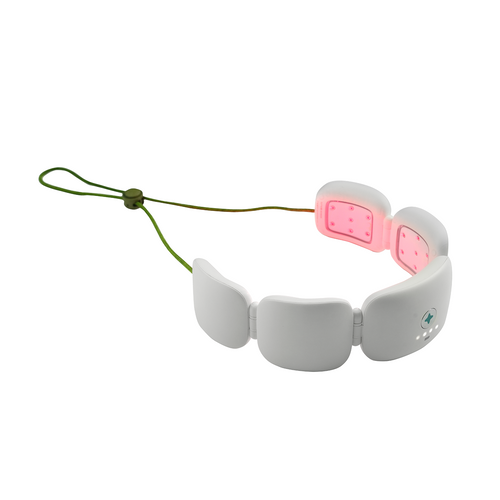
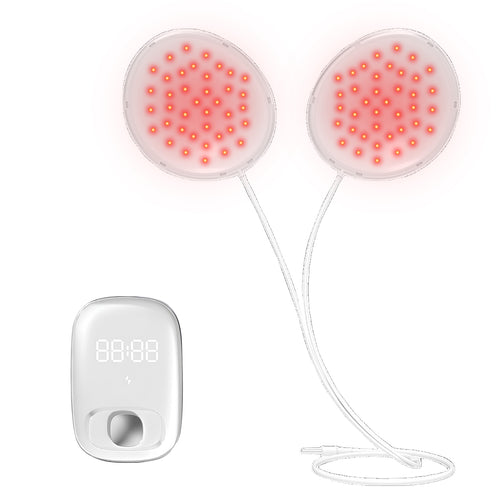
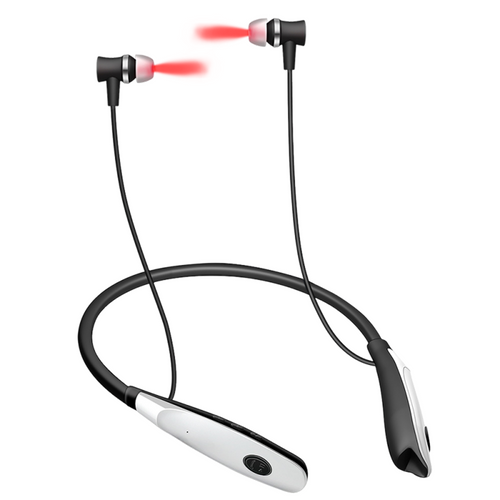
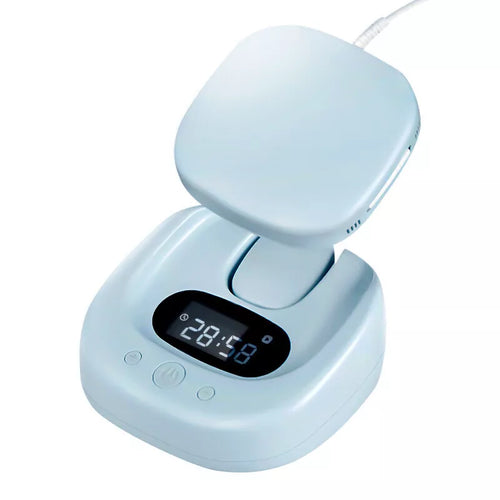
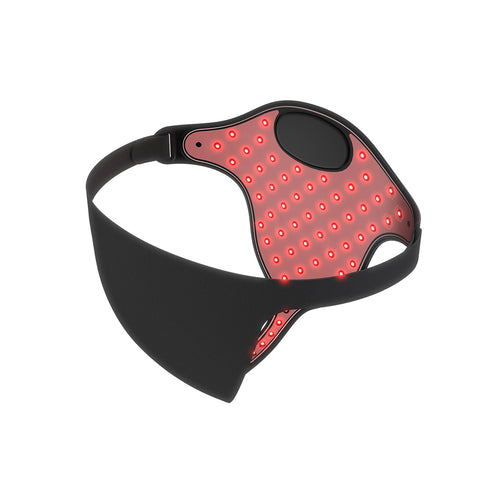
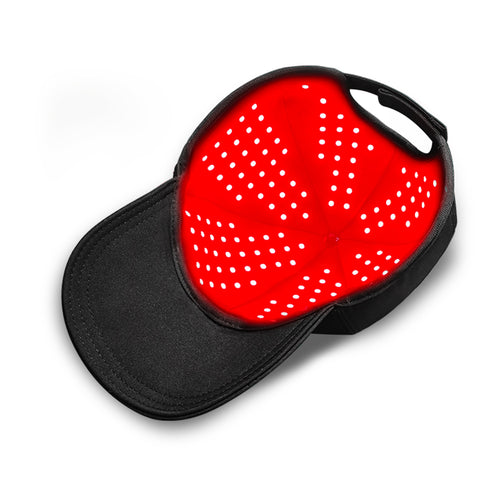
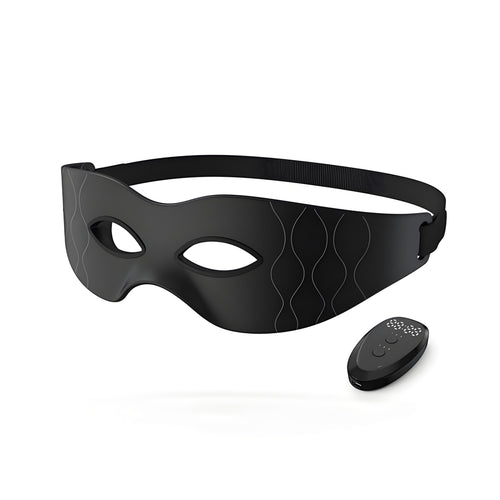
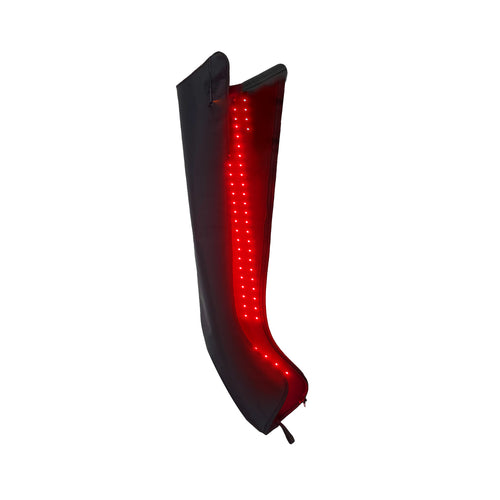
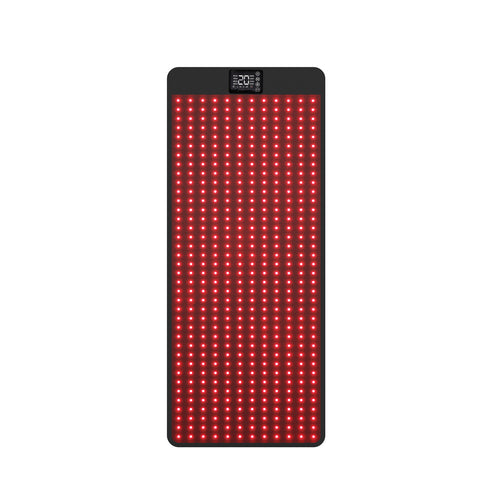
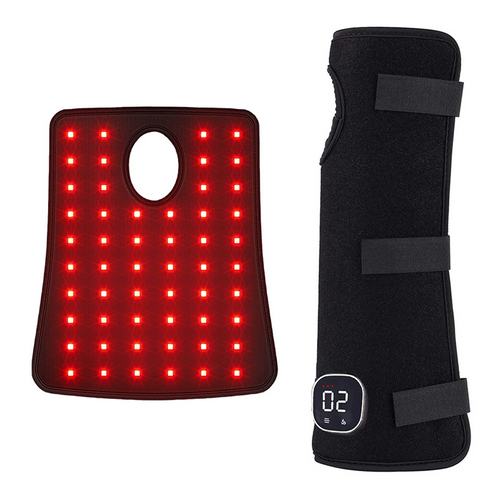
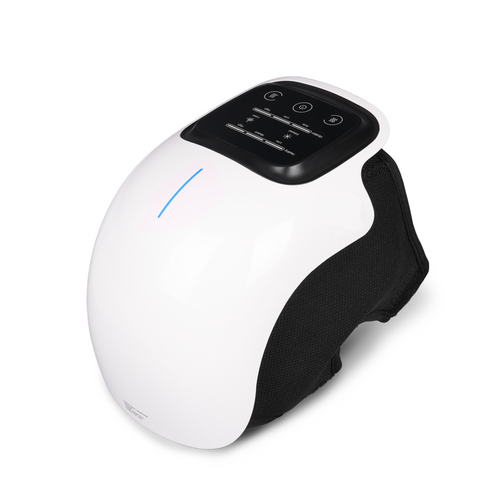
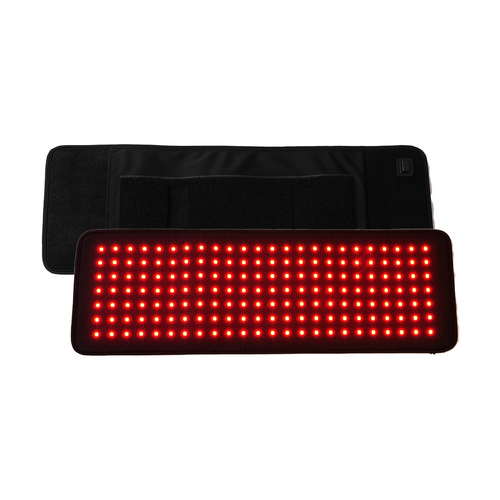
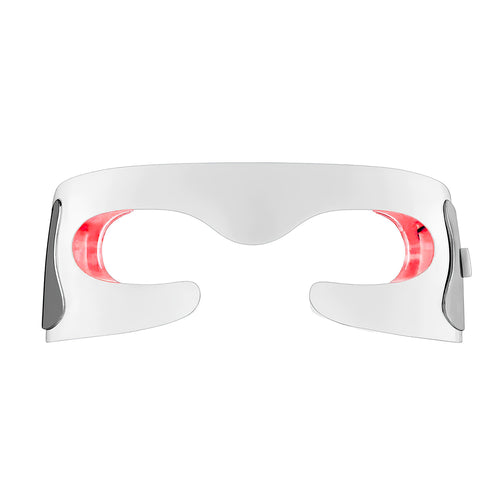
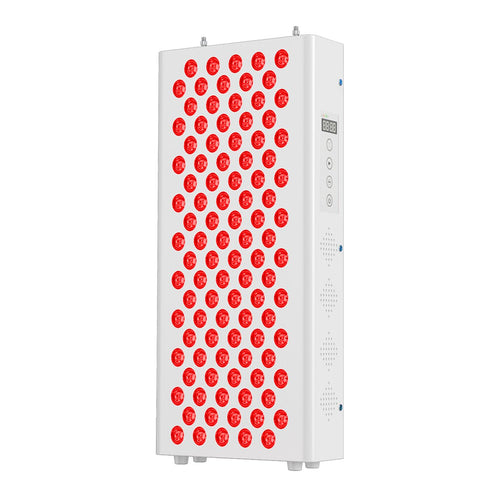
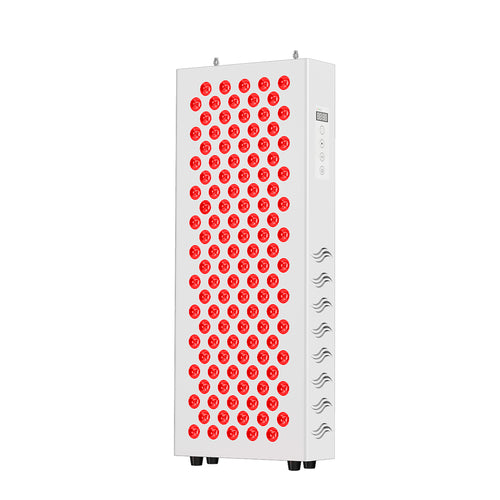
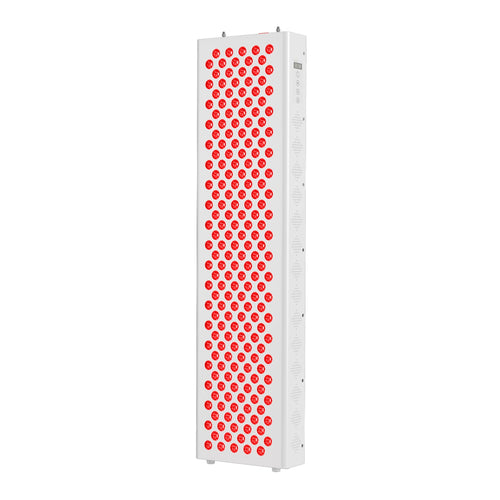
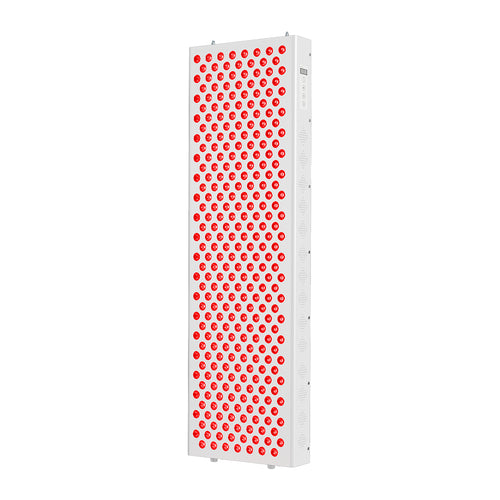
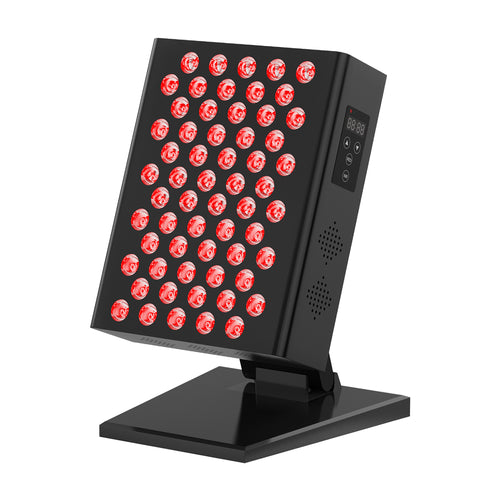
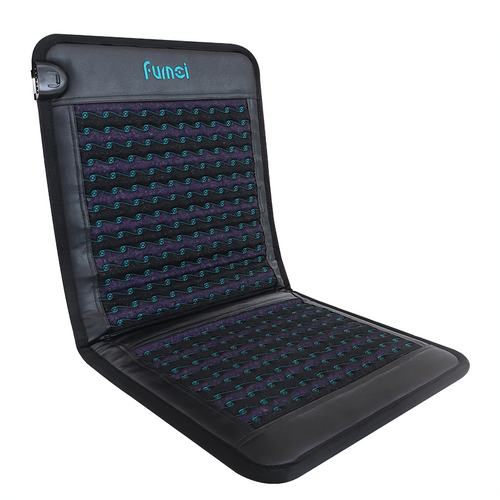
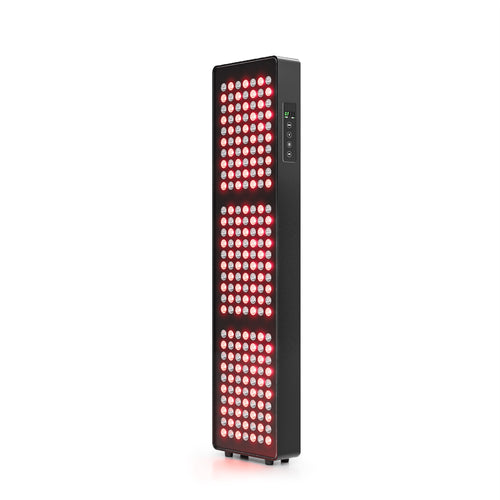
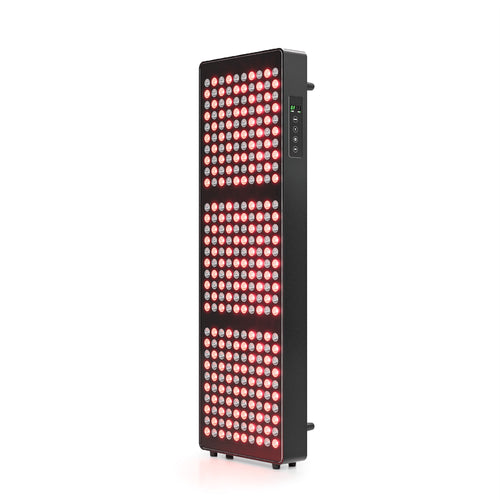
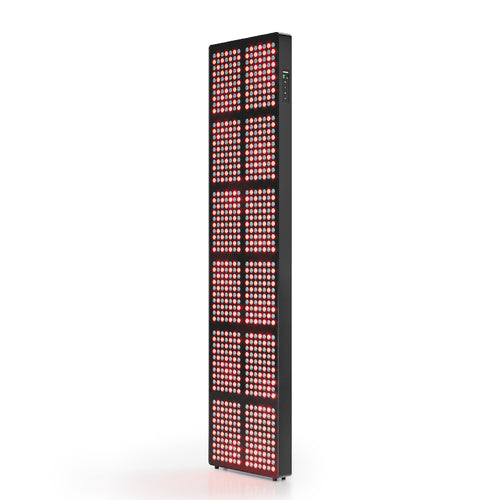
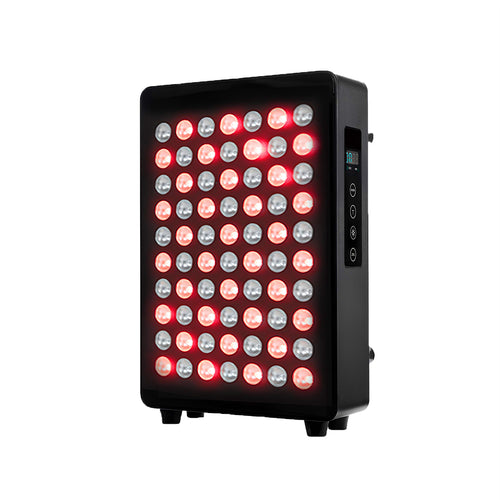
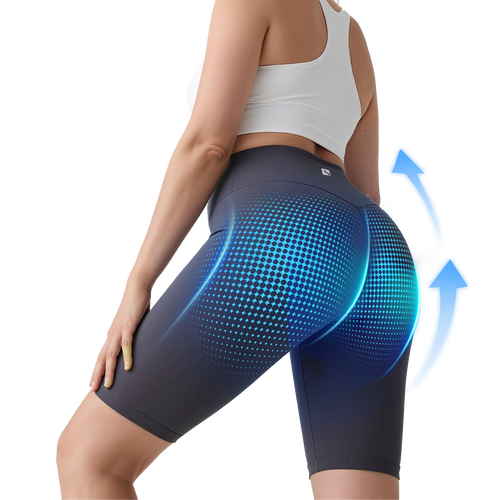
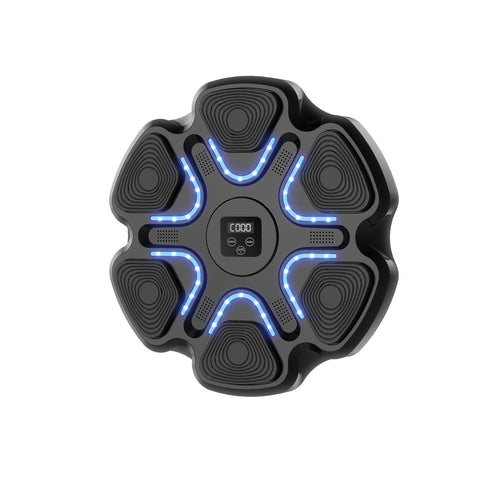
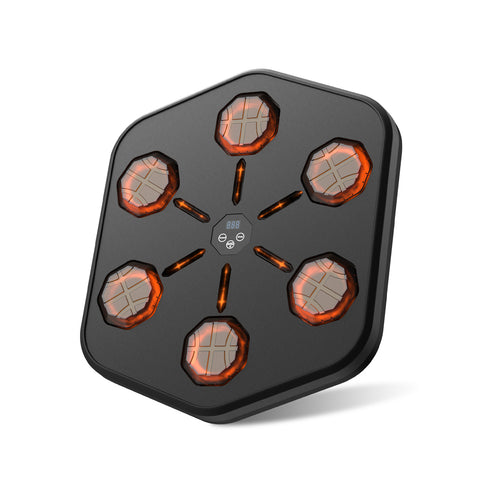
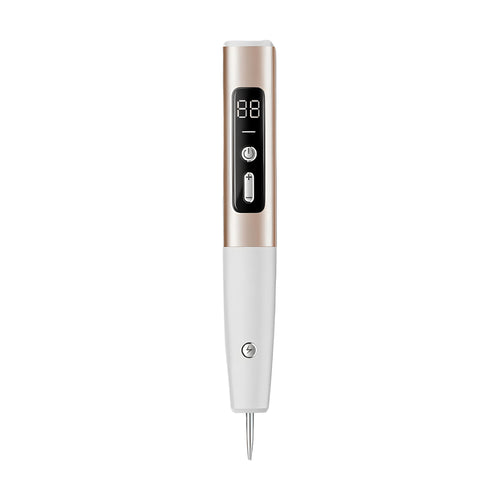

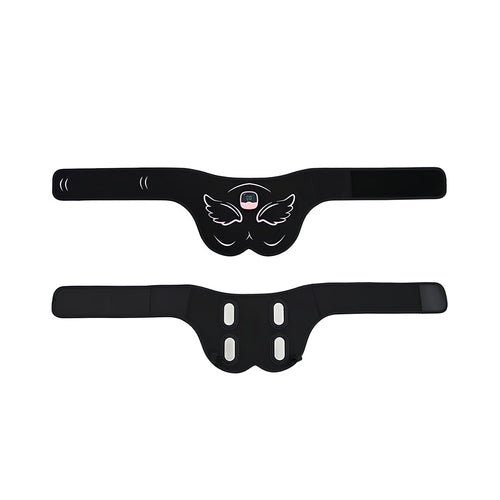
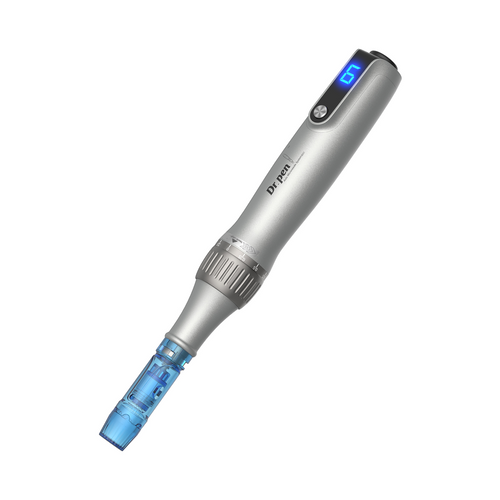
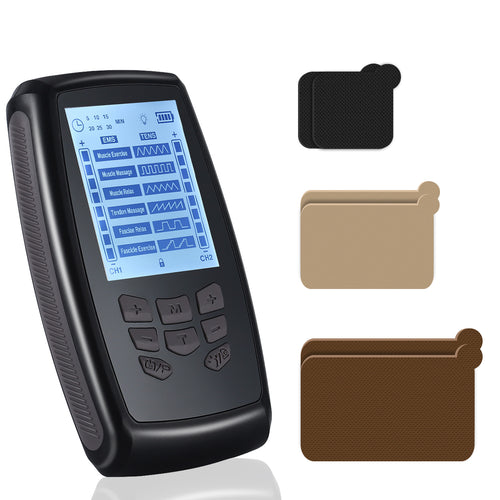
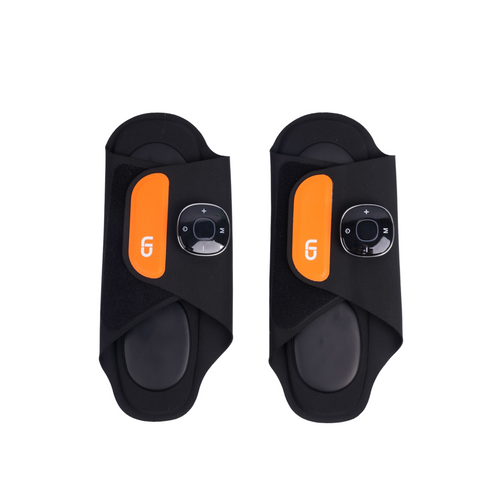
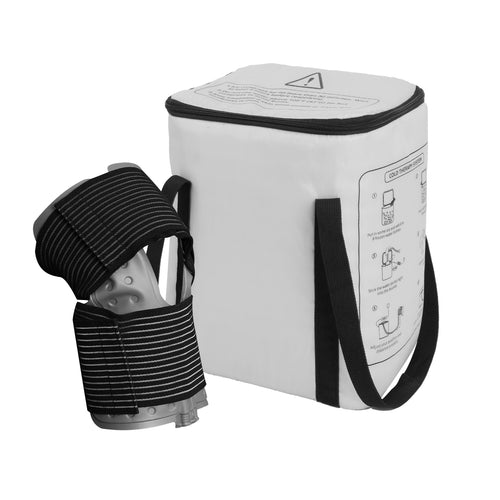
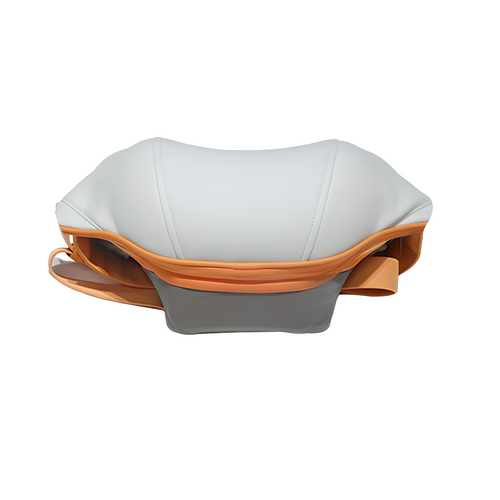
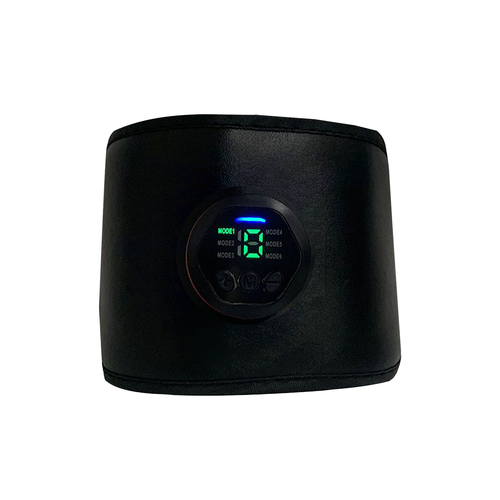
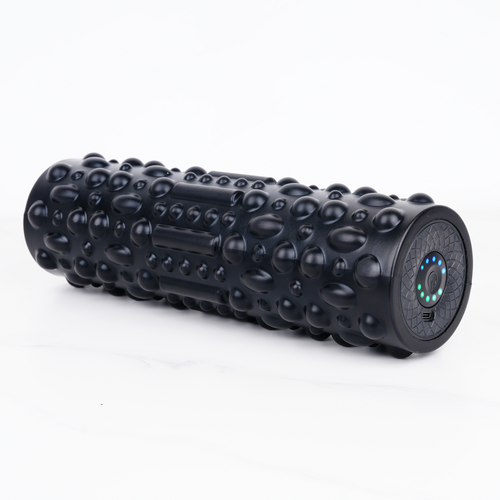
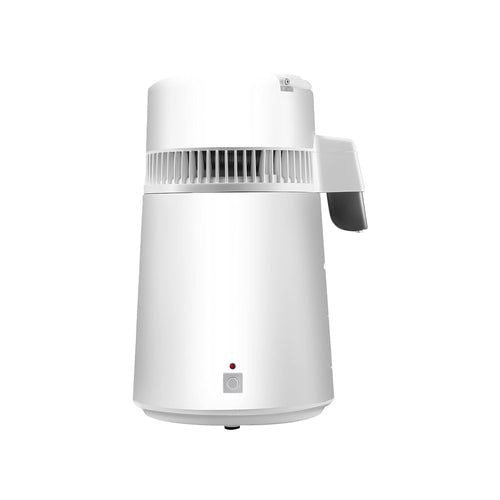
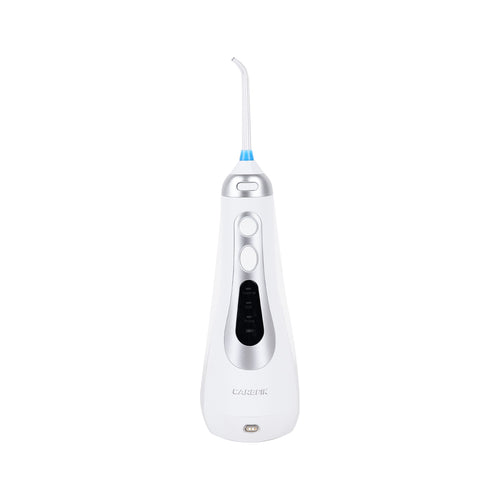
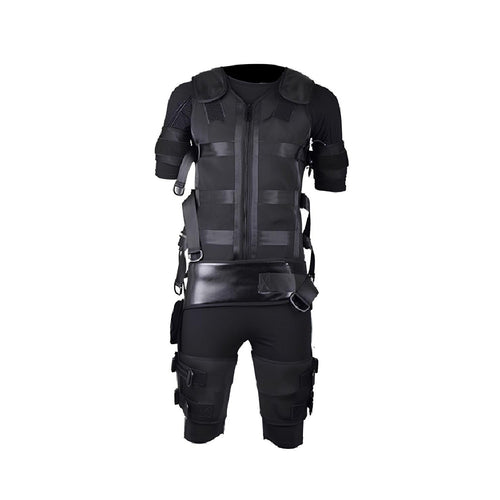
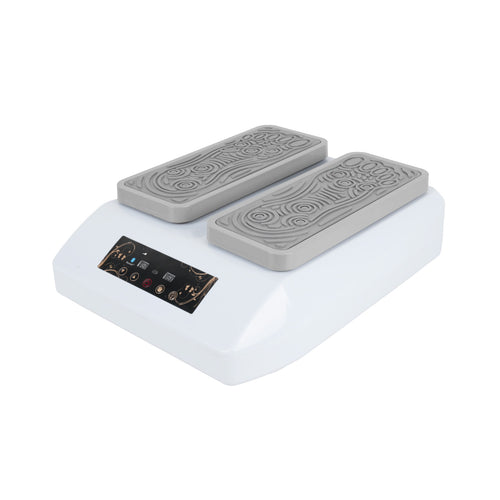
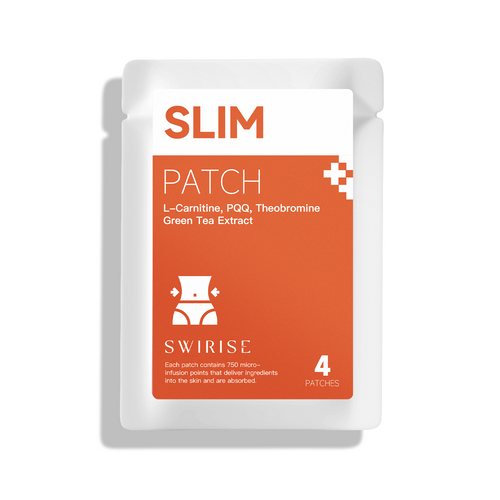
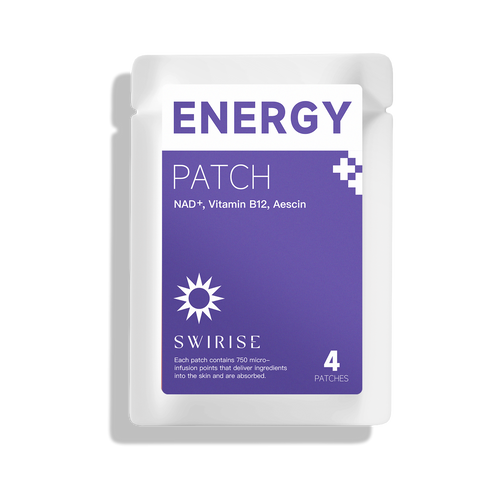
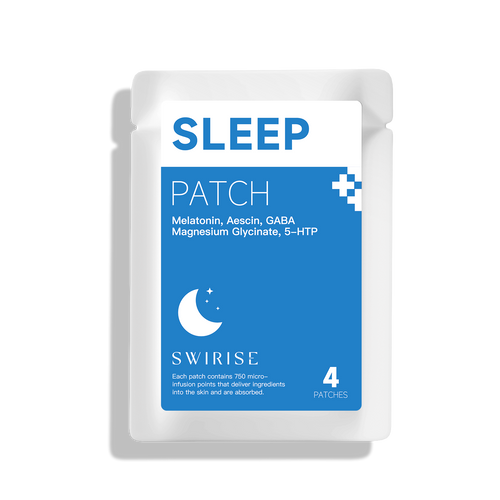
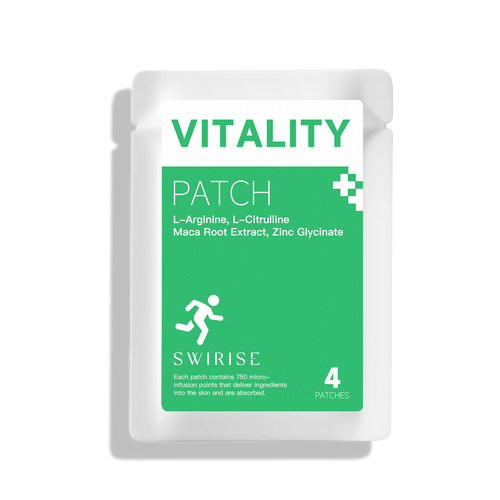
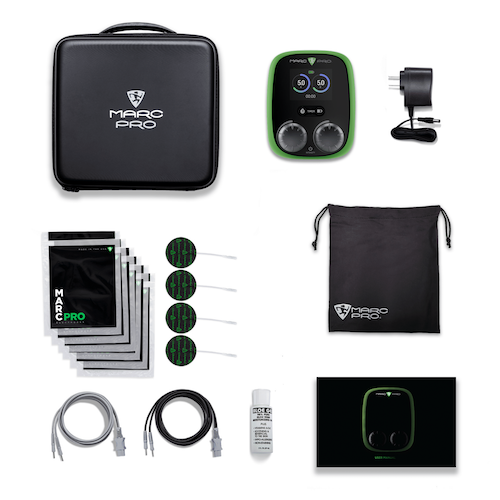
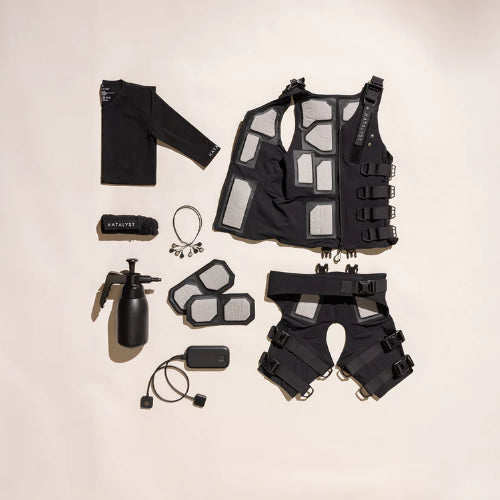
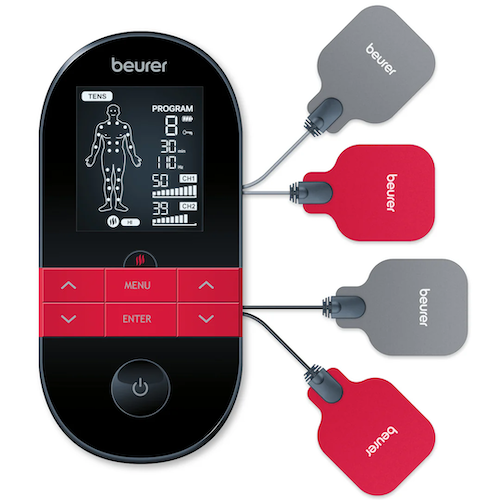
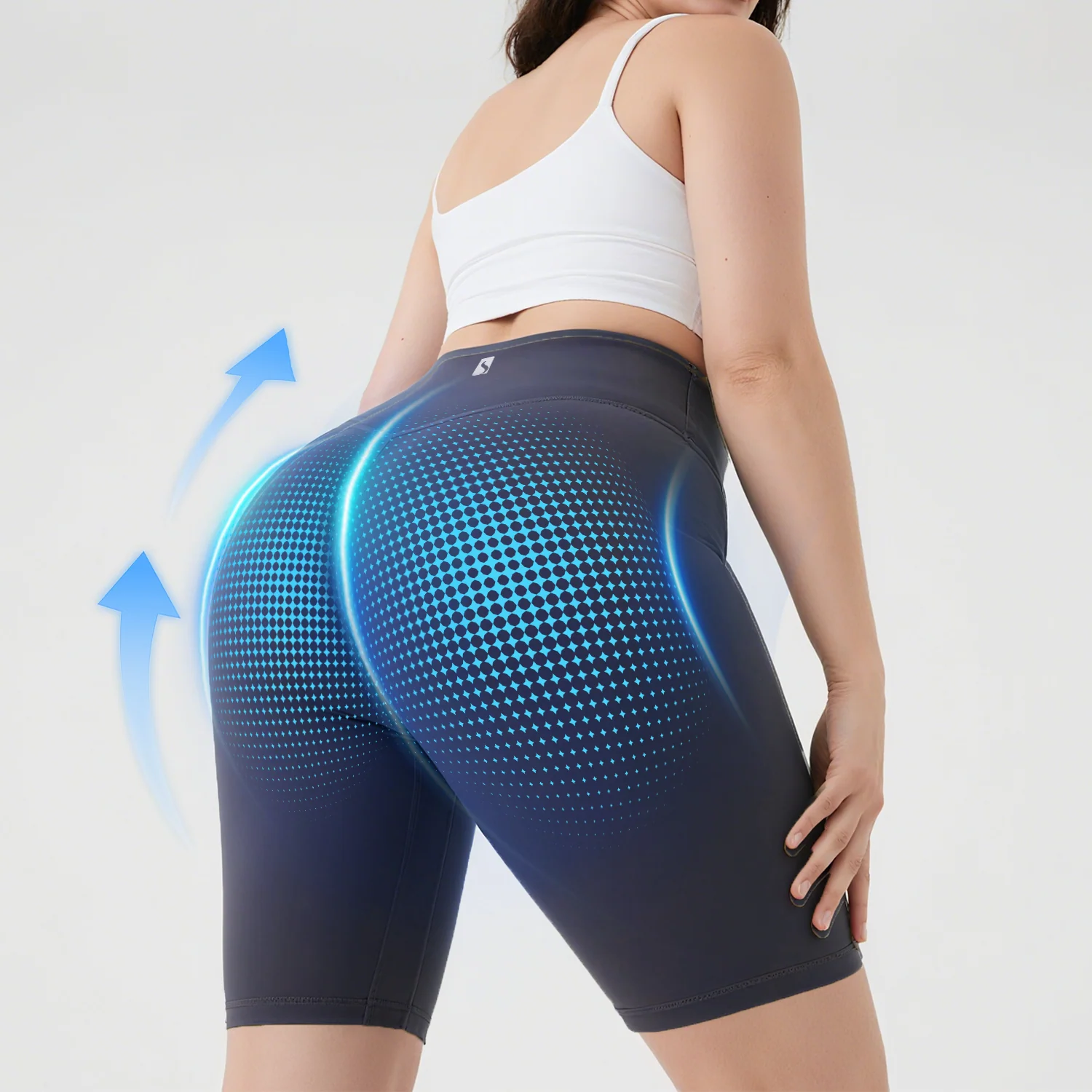
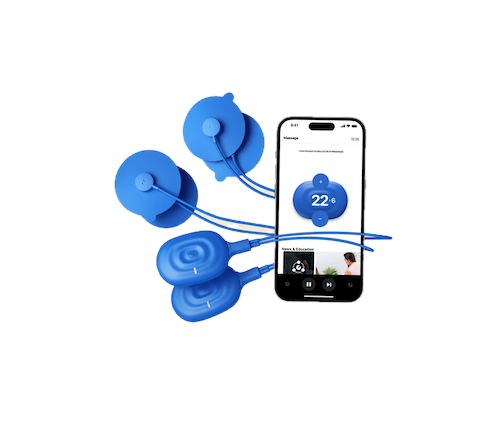
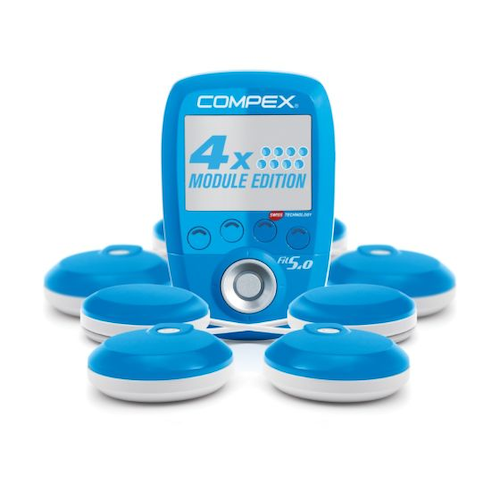
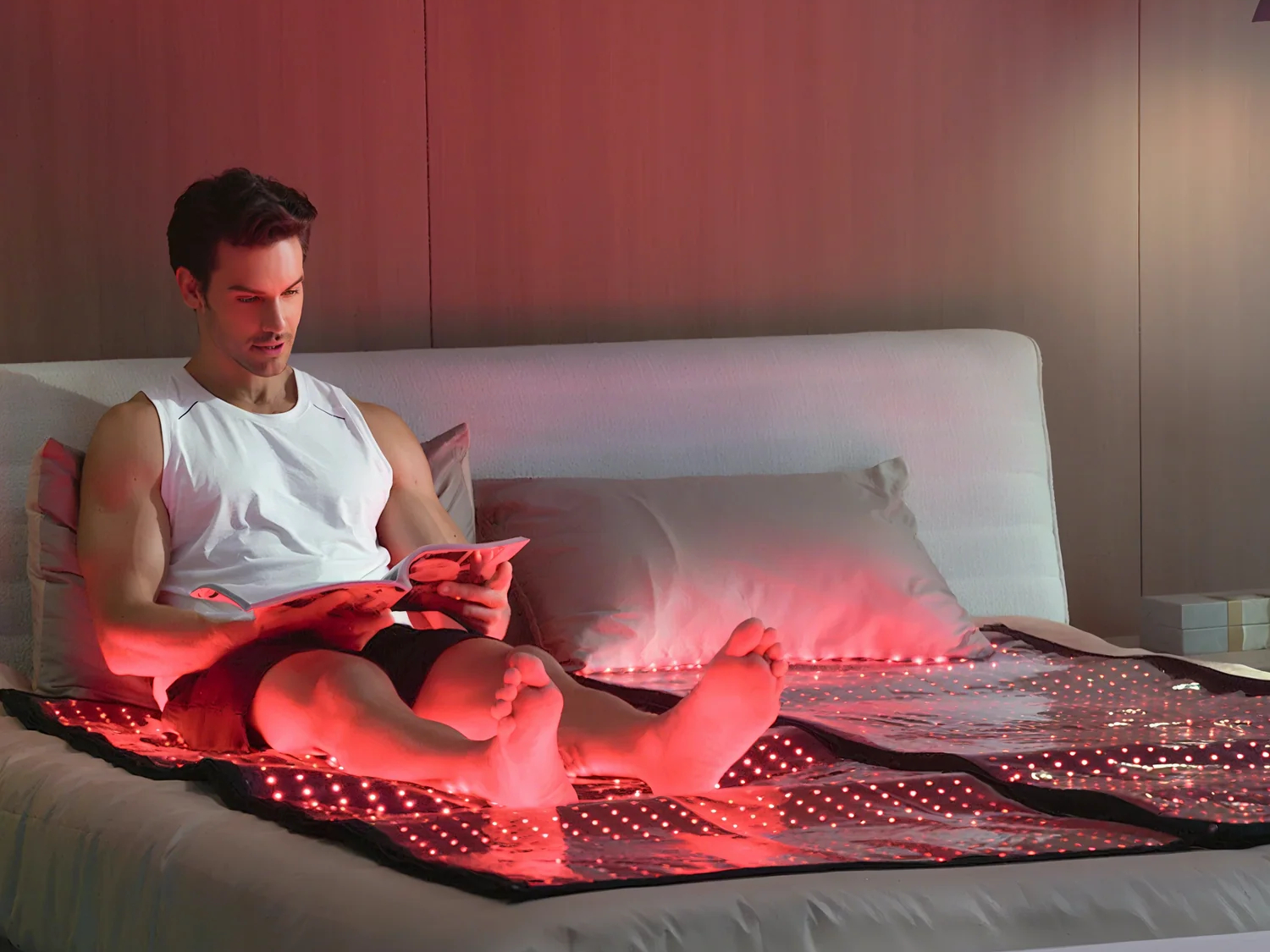
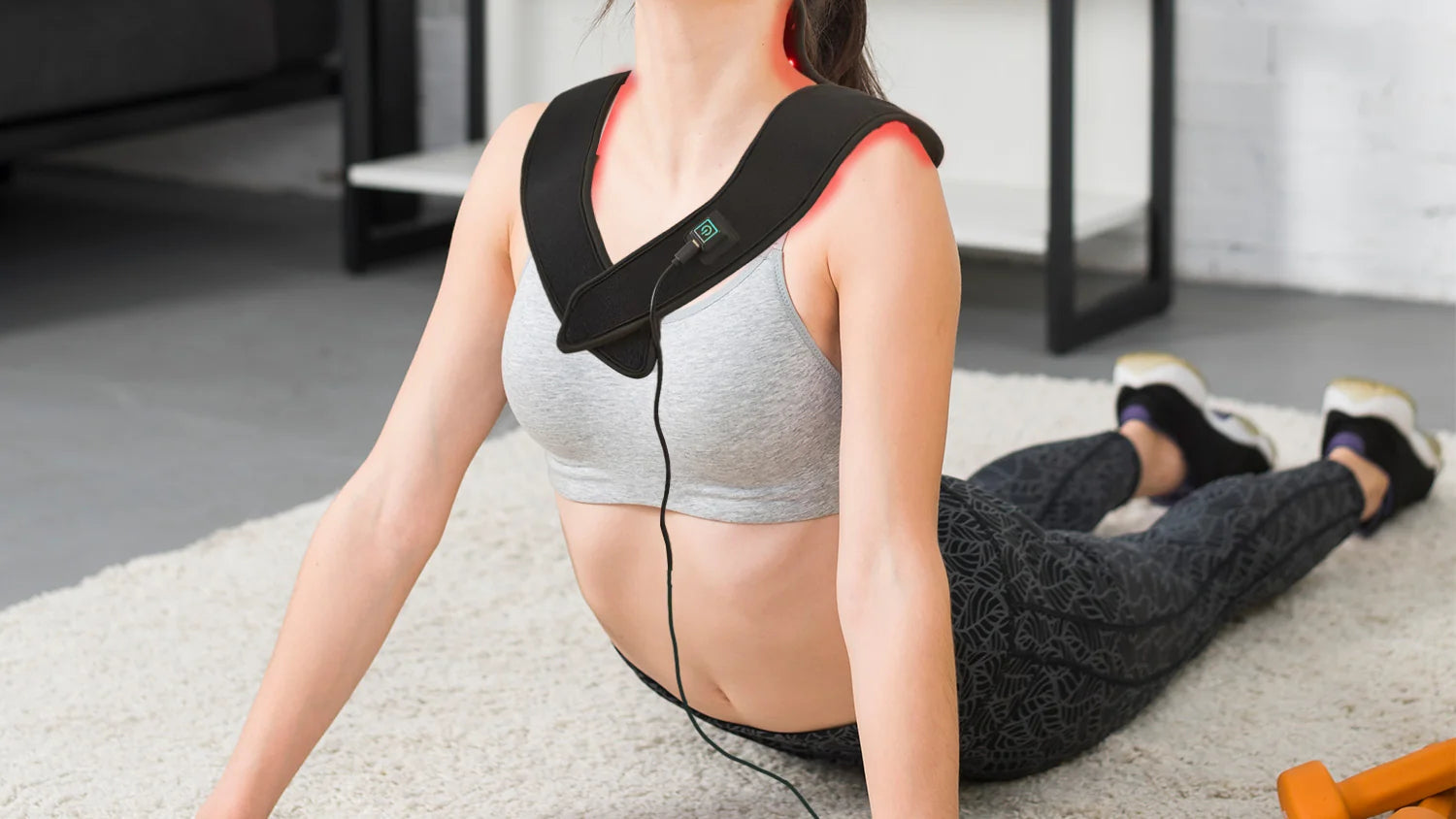
![2025 Best Red Light Therapy Belts [Reviewed & Ranked]](http://swirise.com/cdn/shop/articles/2_688280ba-41d4-404d-acf5-3829be48ca83.jpg?v=1761297491&width=1500)